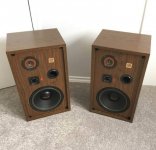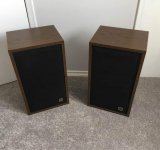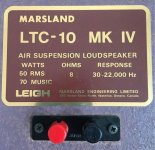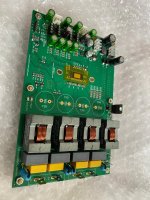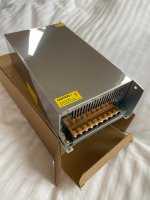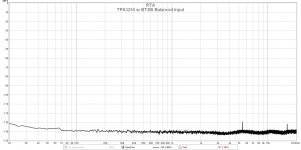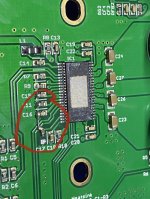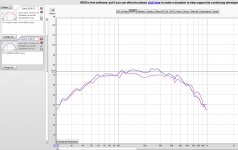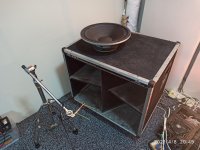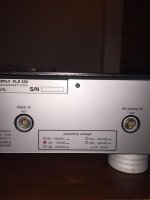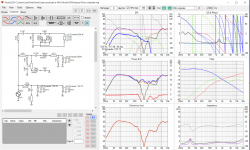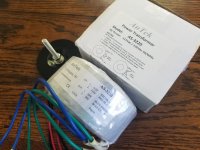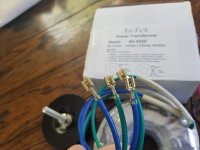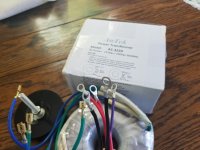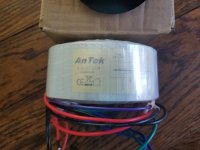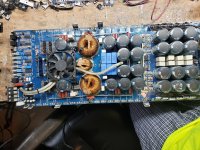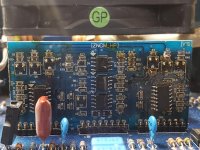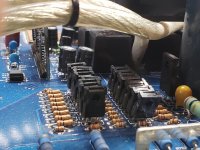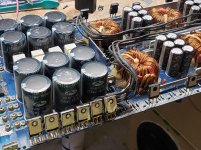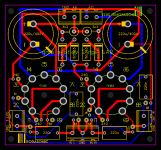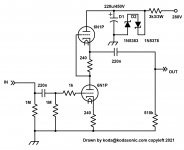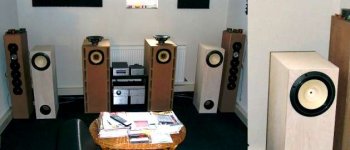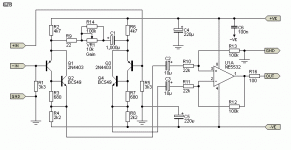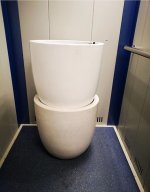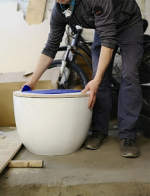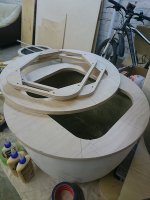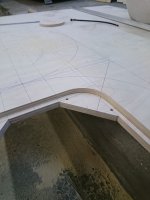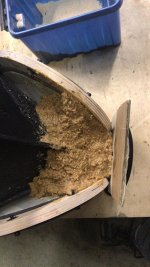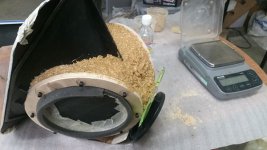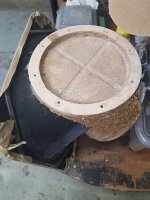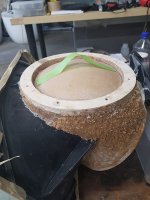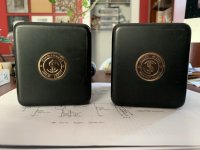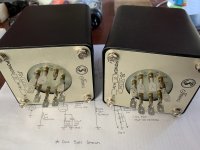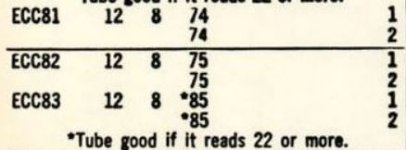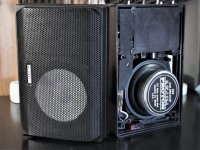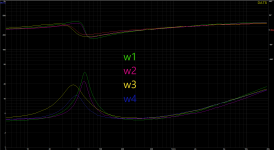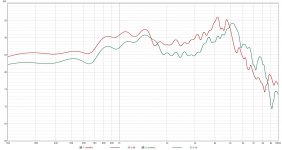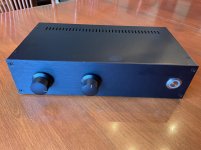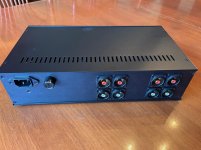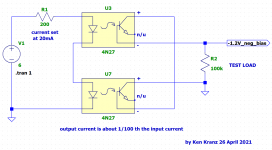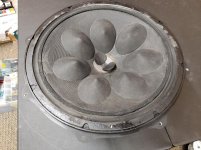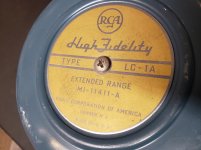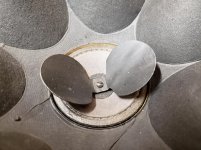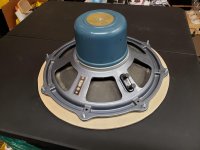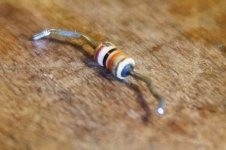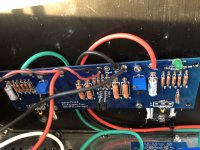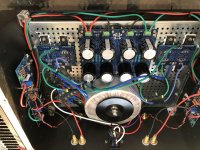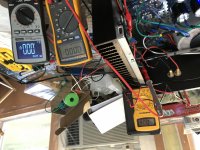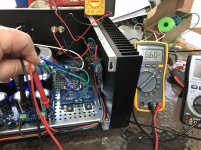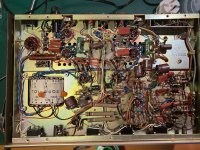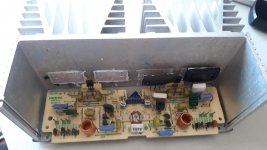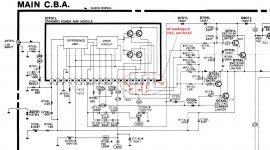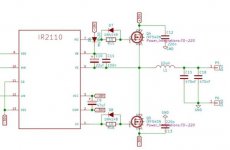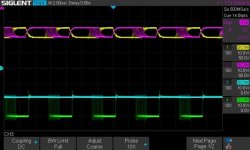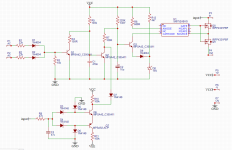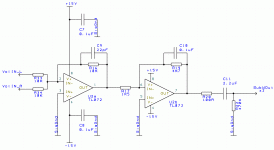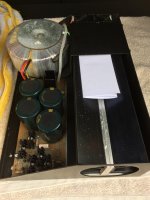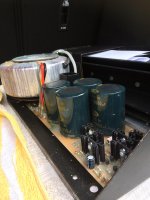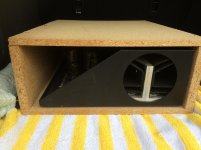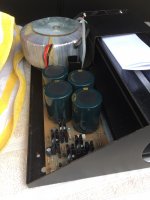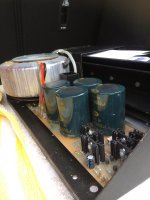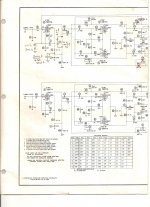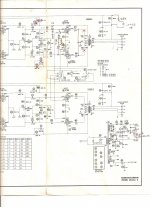Thought I'd share my build with the community - maybe this will be helpful to a few folks?
During lockdown I built a pair of Scott's Chili Changs with the Fostex FE167E drivers I've had sitting in some inappropriate cabinets for 10+ years. Lovely, lovely! I could rave on about the Chili's until the cows come home and will post a thread on the build when I get time - but, like most single full-range driver speakers they sound awful without Baffle Step Correction. As far as I understand it, full-range drivers in a tall floor-stander have a natural roll-off of the lower frequencies related to the point at which the speaker transitions from behaving as a spherical emmitter to a semi-spherical one. The roll-off is determined by the width of the baffle. The resulting sound can be described as tiring, shouty and lacking in bass.
In commercial single-driver floorstanders, the BSC is carried out by the crossover. I don't want a crossover...
I'm driving the Chili's from my Son Of Zen DIY monoblocks. I can adjust the wattage of the amps with a 240v variac and I usually run them at 5-10 watts. As they are single-ended class A and the speakers are ridiculously efficient, I don't want to stick inductors and capacitors into that part of the system reducing the efficiency so I decided to to this at the line level.
There is some really useful info on line-level BSC design here:
Baffle Step Compensation
Luckily, my pre-amp output impedance is low and the input impedance of the mono-blocks is high so I don't need to use op-amp impedance buffering and can keep the design completely passive.
This is the final filter based upon the sound-au site, after building a prototype and playing with component values:
The filter is adjusted through a 4 position slide-switch (not shown on the diagram). From (roughly) 3dB to 6dB cut.
C1 provides the midrange roll-off... -3dB at 530Hz - but I found the top-end was very dull. So, I added C2 which alters the filter from low pass to band-cut. After playing with the values in the spice simulation and the real world, I settled upon 4.7nF... HF restored!
Here's the final simulated filter behaviour showing the output at the -3, -4, -5 and -6dB taps from the resistor ladder:
You can see that the -3dB point (7.07 volts) is pretty close to 530Hz in the lower switch positions which is the suggested -dB point for a 215mm baffle.
As I'm using a balanced-line connection between my Alchemist Forsetti Pre-amp and the Son of Zens, I had to double-up the filter so there are 4 discrete filter circuits - left+, left-, right+ and right-. Initially, I wired this point-to-point resulting in quite a messy prototype:
I told you it was messy...
...so I laid it out on Veroboard using the DIY Layout Creator from diy-fever.com. The layout below shows one channel:
I took the opportunity to add a stereo/mono switch as the preamp doesn't have one and I often listen to mono albums. I used more 4K99 resistors as buffers at the output of the filters. Shorting the ++ and -- outputs from each channel together with a DPDT switch achieves the mono result.
A quick note on components... I used 0.1% precision resistors I had laying around and further increased the symetricallity of the filter by matching the resistors I used with a multimeter. I also similarly matched the polystyrene precision capacitors. I used multi-strand silver wire and high silver-content solder throughout.
Now, the tidier version:
I can thoroughly recommend line-level BSC. A much higher level of accuracy and symetricality can be achieved, and there is no effect on speaker efficiency. It's easily implemented if you have separate pre and power amps. (If you're using an integrated amp then I guess you could plumb it into one of the record loops.)
Now I need to find a use for the extra hole in the front panel...
Stay safe and keep building, folks!
